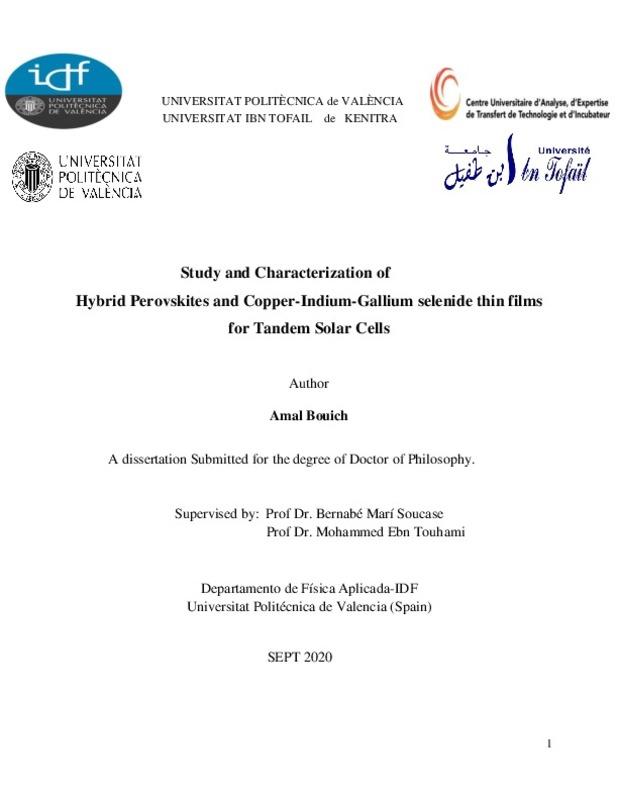|
Resumen:
|
[ES] El objetivo de este proyecto es desarrollar un SIG (Sistema de Información Geográfica) para averiguar cuánta electricidad puede generarse con paneles solares fotovoltaicos integrados en edificios para el estado federal ...[+]
[ES] El objetivo de este proyecto es desarrollar un SIG (Sistema de Información Geográfica) para averiguar cuánta electricidad puede generarse con paneles solares fotovoltaicos integrados en edificios para el estado federal de Baviera, el cual se utiliza como zona de observación ejemplar (con la posibilidad de ampliarla a toda Alemania). El potencial de generación de electricidad de Baviera se exportará y calculará a partir de los datos ya existentes. La base de datos "3DCityDatabase", una base de datos pública y gratuita que contiene información sobre todos los edificios de Alemania, se utilizará para extraer información sobre la superficie de los tejados, la inclinación y la orientación de los tejados de toda Alemania. Otros parámetros como la irradiación solar se procederán a introducir en el modelo para obtener el potencial solar de Baviera. Una vez obtenido el potencial de generación de electricidad (en kWh), se obtendrá una serie temporal de alimentación para sistemas fotovoltaicos de autoconsumo (kW) que será la exportación final del proyecto. Todo el método se validará con simulaciones de sistemas energéticos utilizando Python y PostgreSQL.
[-]
[EN] This thesis intends to calculate the solar energy potential of the Federal State of Bavaria for
photovoltaic systems installed in building’s rooftops. Bavaria, with a total surface area of
70.550 km2
, is the region ...[+]
[EN] This thesis intends to calculate the solar energy potential of the Federal State of Bavaria for
photovoltaic systems installed in building’s rooftops. Bavaria, with a total surface area of
70.550 km2
, is the region in Germany with the highest solar energy potential. In this thesis, a
methodology is developed to calculate the solar potential by using the data from the 3D City
Database, a database that contains information on all buildings of many countries of the world,
including Germany. The methodology involves firstly the extraction of relevant parameters
from the 3D City Database. The rooftop area, azimuth angle and inclination for all buildings
present in Bavaria is obtained. Secondly, the useful roof surface area where photovoltaic arrays
can be installed, as well as the total possible number of PV modules per rooftop is calculated.
These parameters are obtained using the technical characteristics from a chosen PV module
and correction coefficients from past literature. In the next phase of the study, the irradiation
data from the German Meteorological Services for the year 2019 is introduced in the model.
The results of the thesis include the solar potential in GWp, the distribution of the possible
number of PV modules with respect to the different rooftop inclinations and orientations in
Bavaria and an electricity generation time series for 2019. The time series portrays the hourly
electricity generation capacity factors achievable with building-integrated photovoltaic systems
for each Government District in Bavaria. These results represent the solar potential of the
Federal State of Bavaria
[-]
|




![[Cerrado]](/themes/UPV/images/candado.png)



